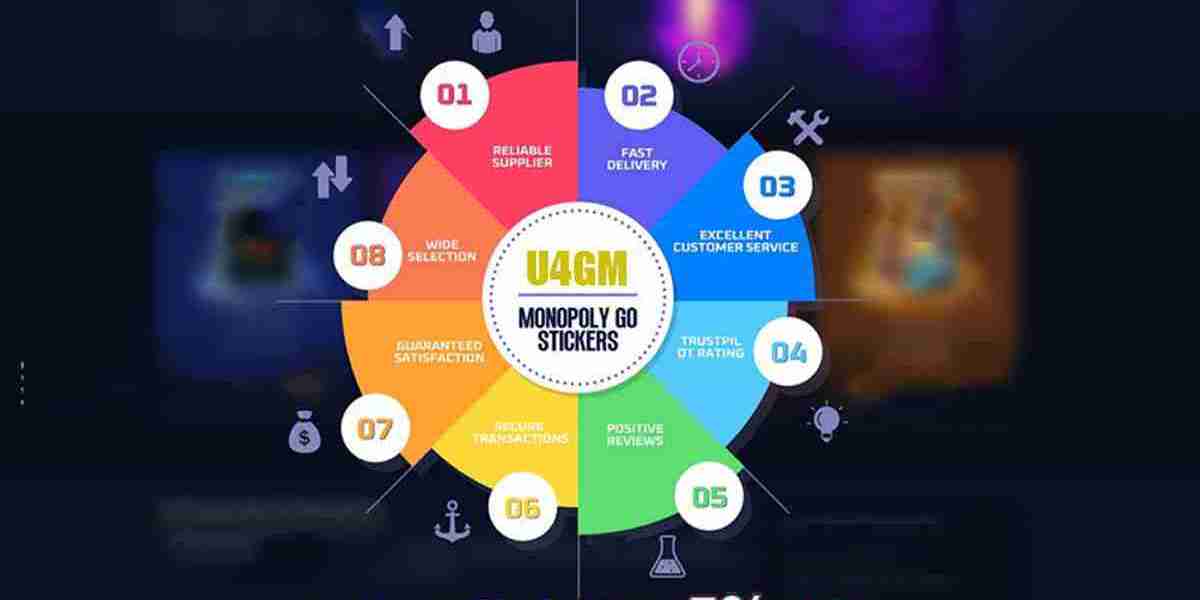Understanding ALS and Its Impact
ALS occurs when motor neurons that control voluntary muscle movement degenerate and die, causing muscle weakness and atrophy. While the exact cause is unknown, genetic mutations, environmental factors, and abnormal protein buildup are believed to play a role. The disease is classified into two types: sporadic ALS, which accounts for nearly 90% of cases, and familial ALS, which is inherited and constitutes about 10% of cases.
Challenges in ALS Treatment
Currently, there is no cure for ALS, and treatment options focus on symptom management and slowing disease progression. The FDA has approved medications such as Riluzole and Edaravone, which may extend survival and reduce symptoms. Additionally, physical therapy, speech therapy, and assistive devices can improve patients’ quality of life. However, the complexity of ALS makes developing effective treatments challenging.
Emerging Therapies and Research
Recent research in Alzheimer's Disease therapeutics has provided insights that may benefit ALS treatment. Scientists are exploring gene therapy, stem cell therapy, and targeted drug therapies to address the underlying causes of ALS. For instance, the use of antisense oligonucleotides (ASOs) to suppress harmful protein buildup has shown promise in clinical trials. Moreover, clinical trials for brain-computer interfaces and regenerative medicine hold potential for improving mobility and communication in ALS patients.
Conclusion
Amyotrophic Lateral Sclerosis remains a devastating disease, but continuous advancements in research and treatment approaches offer hope for the future. By leveraging insights from Alzheimer’s Disease therapeutics and innovative medical technologies, scientists are paving the way for potential breakthroughs that could one day transform ALS from a fatal condition into a manageable one.




